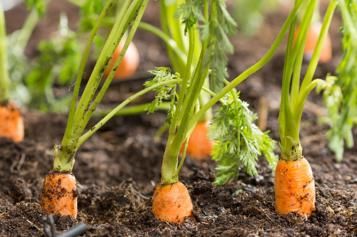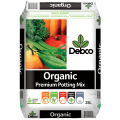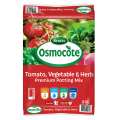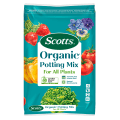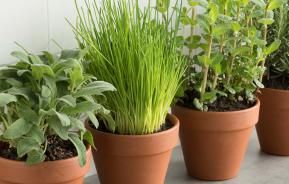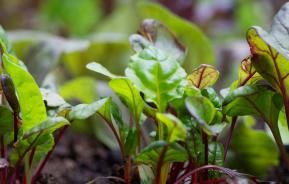Growing your own vegetables is all about having better looking, fresher, tastier crops than those generally available for you to buy in the local supermarket or greengrocer’s.
While that’s the aim and it's a nice thought, unfortunately it's not always the case. Don't misunderstand – it is always better to grow your own vegies and fruit, but the actual results may sometimes be a little less appealing to the eye. For example, home grown carrots are often misshapen and bear little resemblance to their store-bought, perfectly formed counterparts.
How to grow straight carrots?
While home grown carrots may be bent, forked, contorted and sometimes ‘hairy’, they will taste just as good as, if not better than, carrots grown commercially by market gardeners, even though they may be difficult to peel and look slightly unattractive on the plate.
If you long to grow beautiful, straight carrots, here are a few tips and tricks you can try at home:
1. Preparing the soil
Carrots (and other root vegetables like parsnips, celeriac, kohlrabi, turnips and swedes) are best grown in soil that was last fertilised for a previous crop. Too much fertiliser or manure can cause carrots to produce excessive 'hair' (fine roots) and be contorted.
These veggies do best in a sandy loam that doesn’t clump when moist – there needs to be enough light so that it doesn’t offer too much resistance to the developing roots which will mature to be the edible crop. The soil also needs to drain well – if it’s too wet, root crops will rot.
The main steps to soil preparation for carrots (and other root veggies) are:
- Dig the soil over to a depth of at least 30cm.
- Break the soil up so it is a fine, even texture - remove any large clods, rocks or anything else that could affect the developing carrot.
- To lighten the texture of heavy loam or clay and make it easier for carrots to push through, add in some horticultural sand and thoroughly mix it through the soil to a depth of at least 30cm.
- Do not apply manure or fertiliser before sowing – soil that is too rich or has just been fertilised will increase the chances of carrots in particular being stumpy and forked.
2. How to grow straight carrots from seed
Carrots develop their long tap roots, which eventually develop into edible carrots, quite early after the seeds sprout. Transplanting carrot seedlings is the number one cause of stubby and misshapen carrots.
Rather than buy punnets of seedlings or sowing seed into seed trays or punnets, sow fresh seeds directly into the rows where you want them to grow in your garden.
Carrot seeds are reasonably easy to handle and germinate quickly – they’re a great crop for getting the kids involved in gardening.
There are many different carrot varieties available in seed packets – Topweight is one of the most popular and reliable. Try a few different coloured types to add interest to your diet. Check the use by date on packets to ensure seeds are fresh.
3. Sowing carrot seeds
To make sowing a little easier, especially for young fingers, mix carrot seeds with a small volume of horticultural sand then trickle the mixture out along the prepared furrow. This will ensure seeds are well spaced to avoid over-crowding.
Another option is to buy carrot seed already spaced in a seed tape, where the seeds are enclosed in a biodegradable tape that you roll out along the seed furrow.
Follow the instructions on the seed packet about furrow depth and how far apart rows should be. If carrot seed is sown too thickly, and the young seedlings are not thinned out enough, the plants will crowd one another and their roots will bend, curl and twist around each other.
Seedlings should be thinned when they are about 4 weeks old – those removed maybe transplanted but refer to point 2 above first. Give each seedling enough space to grow without interference from its neighbours – allow at least 5-8cm between them depending on variety. Recommended spacing is often included in the packet instructions.
Top tip: Curly or straight, home-grown carrots taste great. Their appearance doesn’t affect their flavour or the rich load of vitamins and minerals they bring to a healthy diet.

